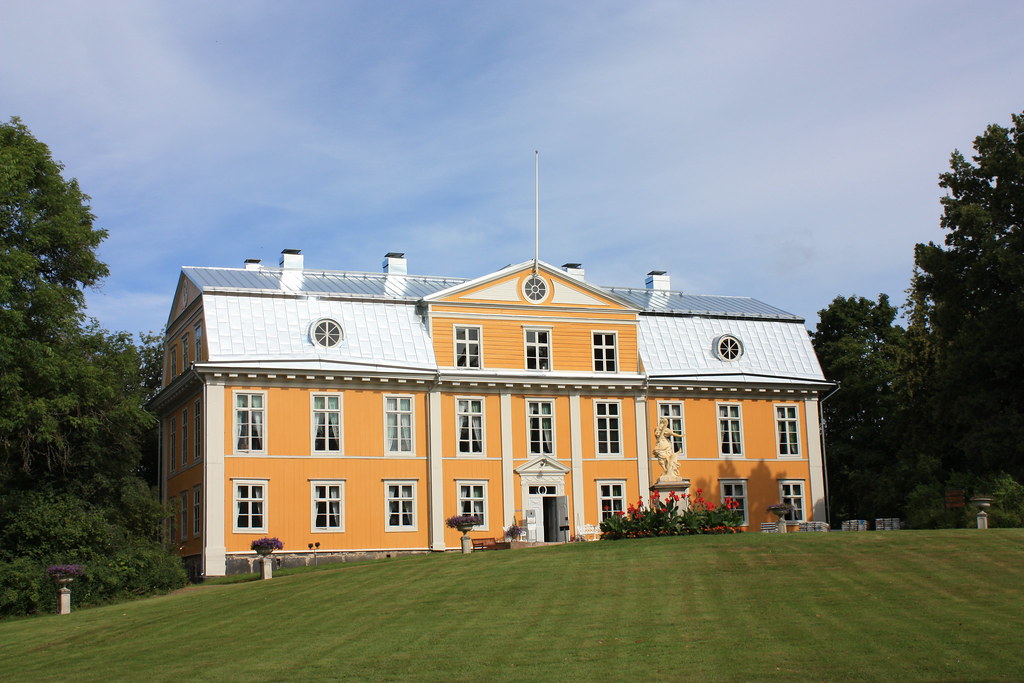Picturesque Ironworks of Finland South Coast
The first ironworks and blast furnaces were built in Finland in the 16th century. They manufactured mostly iron and copper products. Typically a complete village community grew around the ironworks. Built near rapids and rivers, today many of original 134 ironworks have been restored and offer beautiful landscapes and living societies to visit.

Fiskars
Fiskars is the best known of a number of ironworks villages that were established in the early 17th century to the Pohja area. A crushing mill was established by the lower rapids in 1649, with a blastfurnace on the opposite bank.
Read more about Fiskars
Strömfors Ironworks
Strömfors Ironworks is one of the oldest in Finland. It was founded in 1695 by Johan Creuz. The ironworks was renamed to Strömfors in 1744, when A. Nohrström and J. Forsell acquired the site and business.
Read more about Strömfors Ironworks
Mustio Manor
Mustio manor ("Mustio Castle", "Svartå Slott") was built in 1783-1792 by Magnus Linder, the owner of the local ironworks. There had been an older manor from the 17th century, but it was dismantled when the present one was built. The manor represents the neoclassical ("kustavilainen") architecture.Today Mustio is a countryside hotel.
Read more about Mustio Manor
Fagervik
Fagervik ironworks, one of the oldest in Finland, was founded in 1646. The ironworks consisted of two iron forges and one blast furnace. The remarkable rococo-style manor was built in 1773 by Johan Hisinger. It’s located near the "King’s Way", a road from Turku to Vyborg. Both Gustav III (the king of Sweden) and Alexander I (the tzar of Russia) have stood overnight in Fagervik.
Read more about Fagervik
Billnäs
Billnäs ironworks was founded in 1641 by Carl Billsten. It faced many difficulties during 17th and 18th century. Local peasants destroyed the ironworks already in 1659 because of too heavy taxation. During the Great Wrath Russians occupied and destroyed it again in the 18th century.Billnäs Ironworks moved to Hisinger family's possession in 1723.
Read more about Billnäs
Mathildedal Ironworks
Mathildedal is one of the three Teijo area ironworks villages. It offers all the elements of an idyllic environment: Wooden houses painted with traditional red paint, buildings of the ironwork, history, culture, nature and of course the living village itself. The origins of Mathildedal ironworks go back to 1686.
Read more about Mathildedal Ironworks
Teijo Ironworks
Teijo ironworks was established in 1686 to the lands of old Teijo manor by Lorentz Creutz. The industrial work ended in 1908, but today there still exists old buildings, restaurant and fascinating manor building and park. The manor is privately owned, but you can walk the road adjacent to it. Teijo church on the hill near the manor is the smallest stone church in Finland.
Read more about Teijo Ironworks